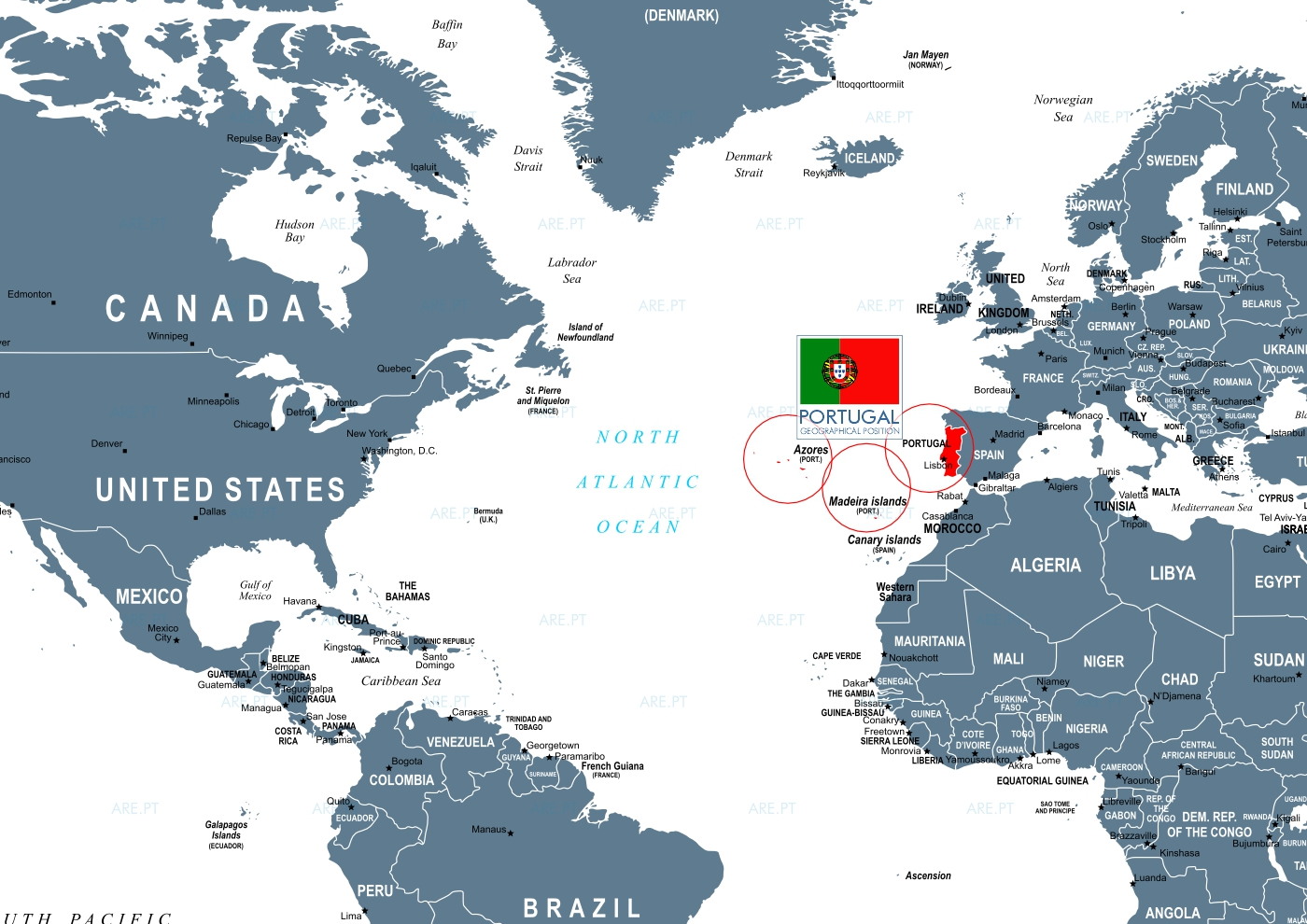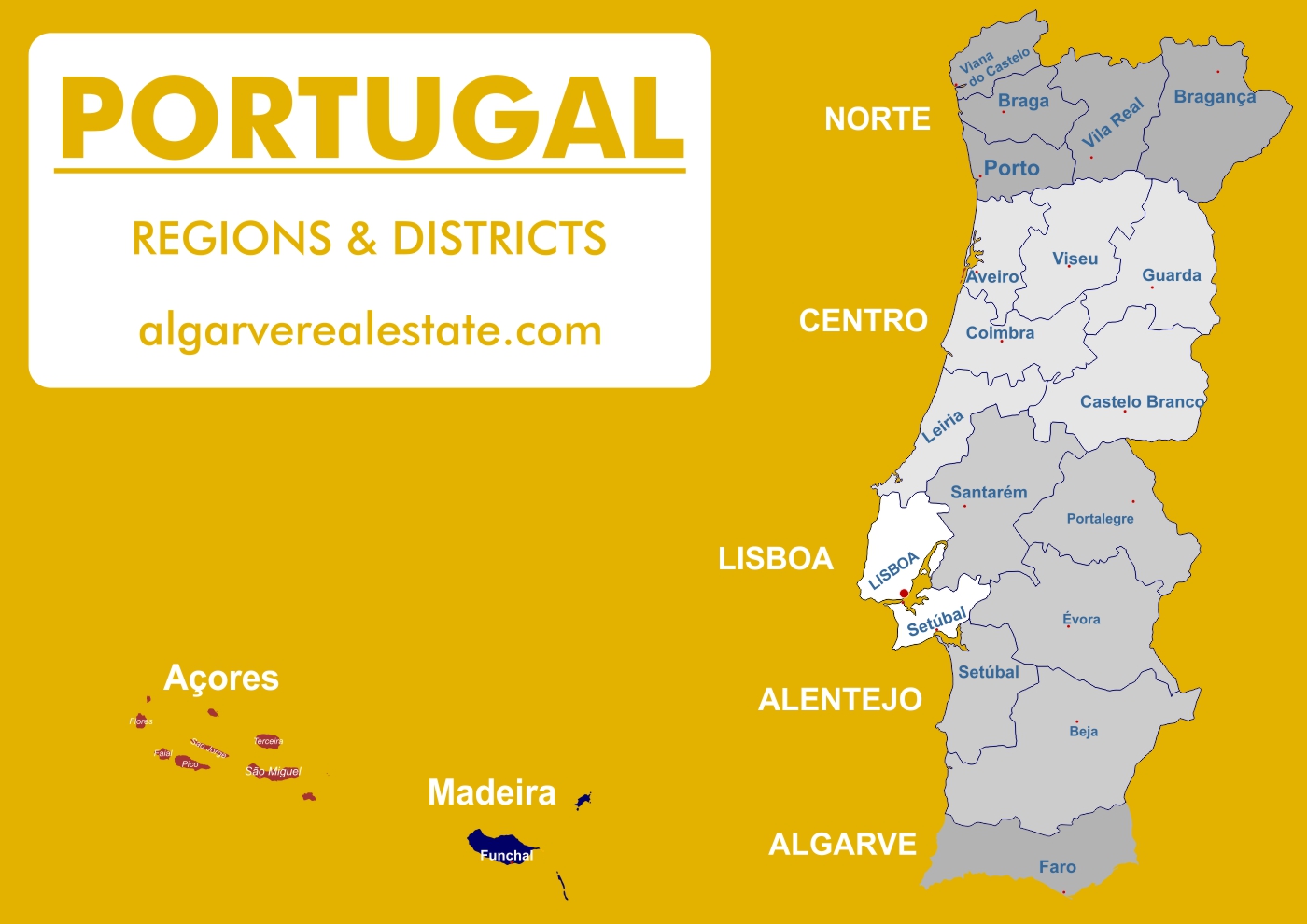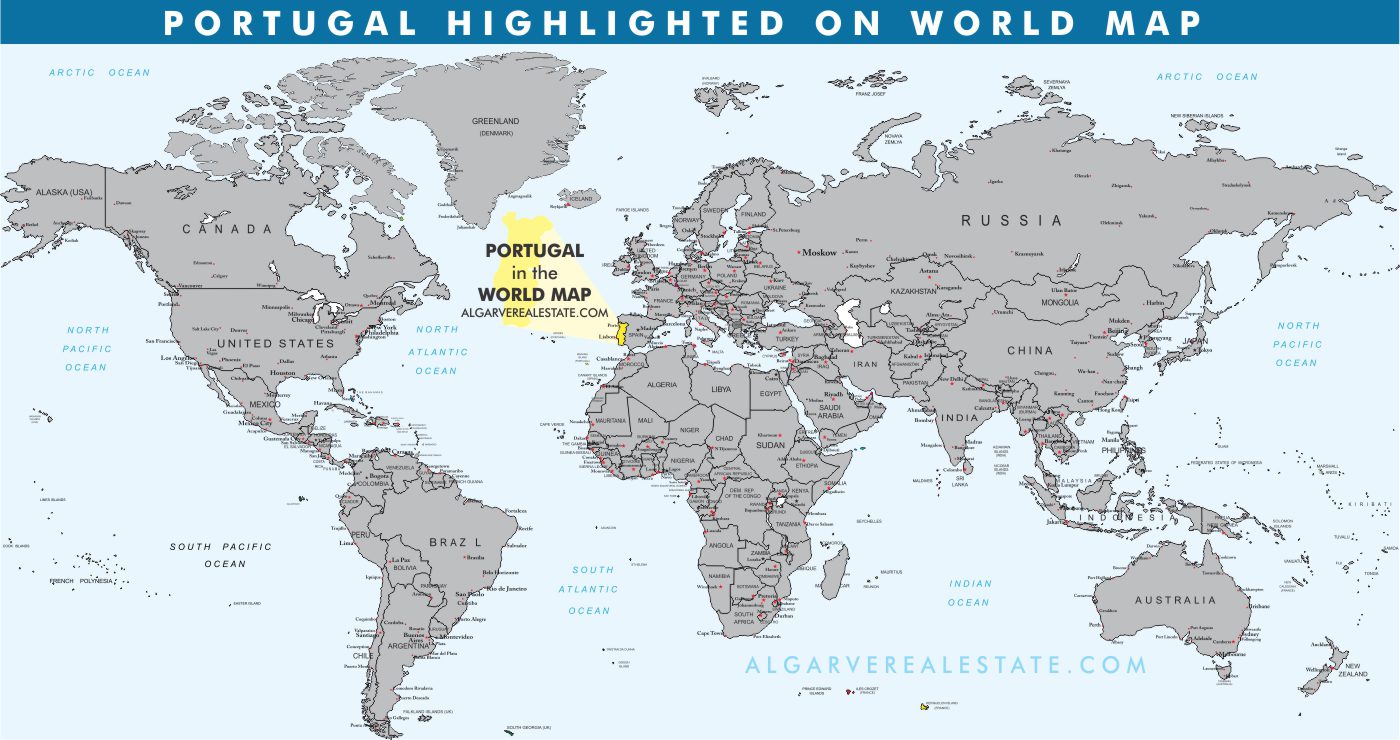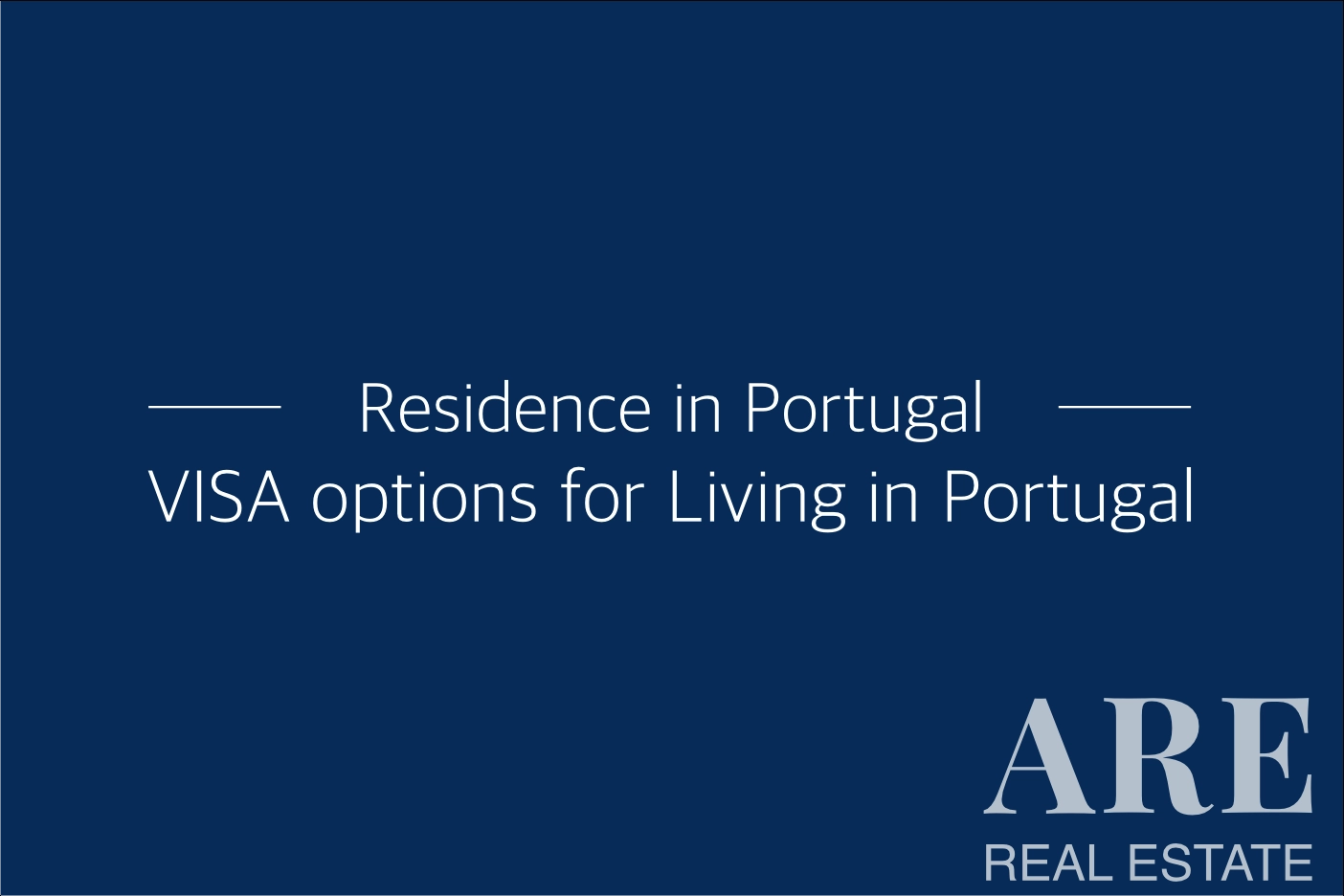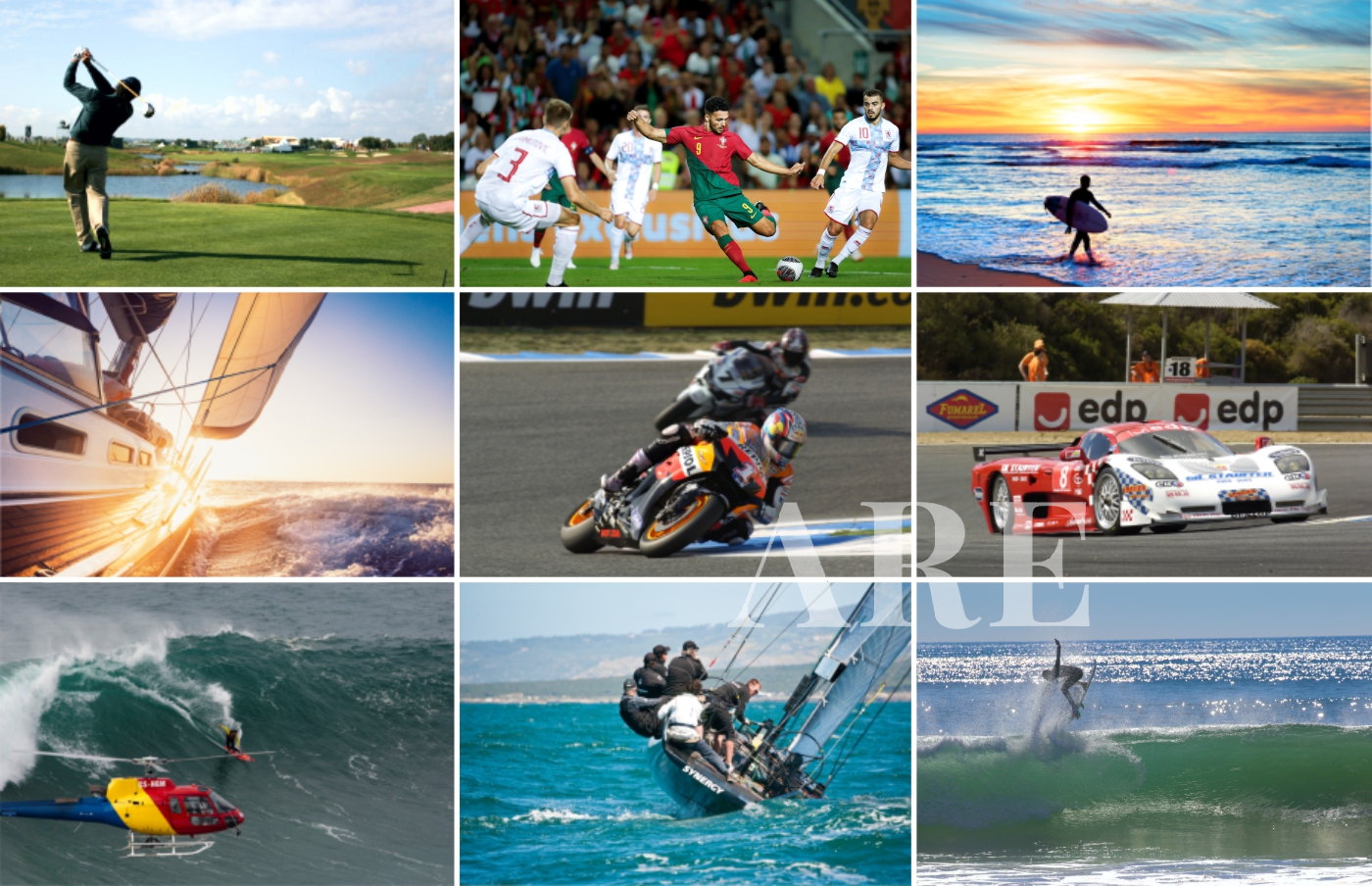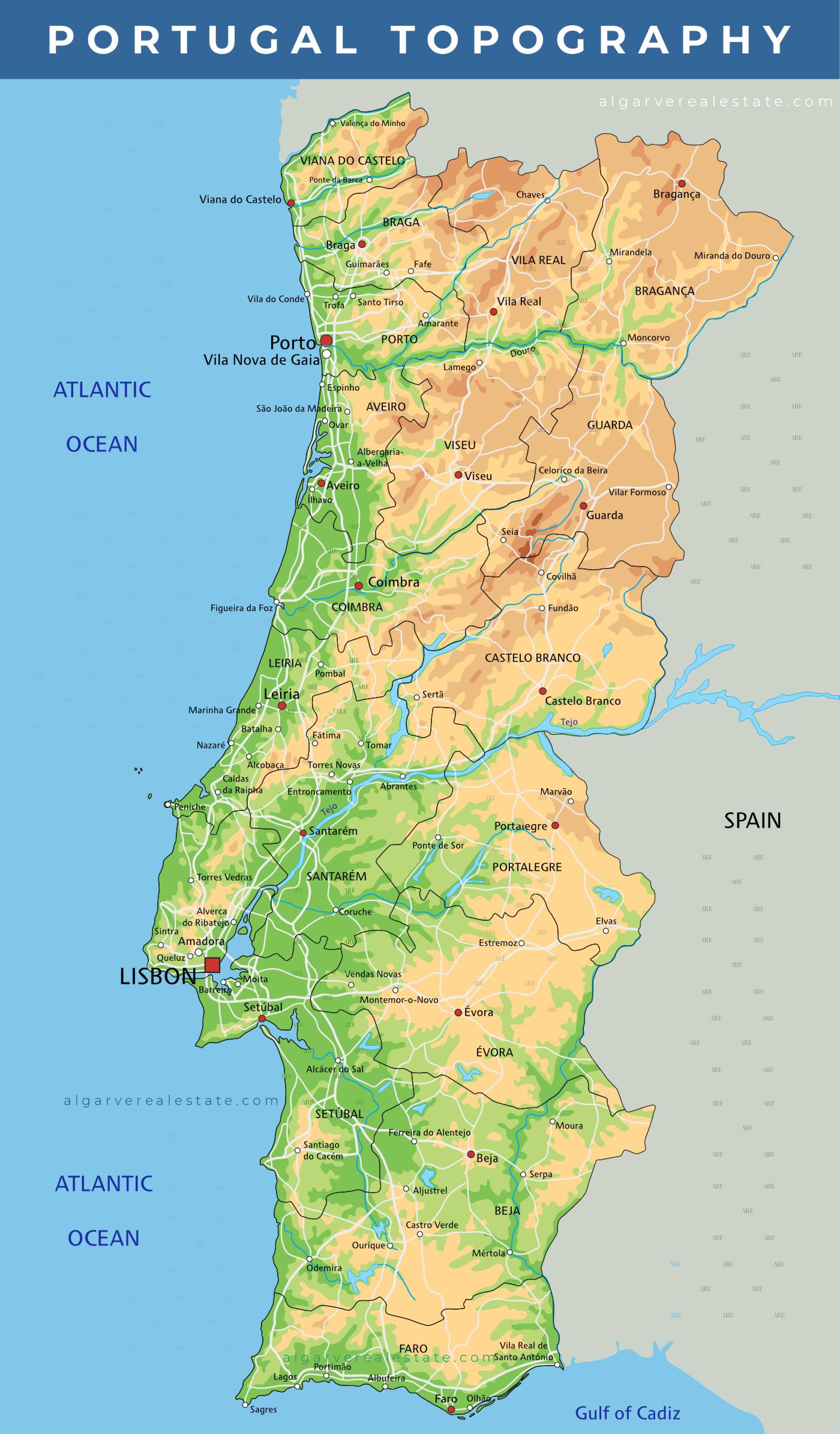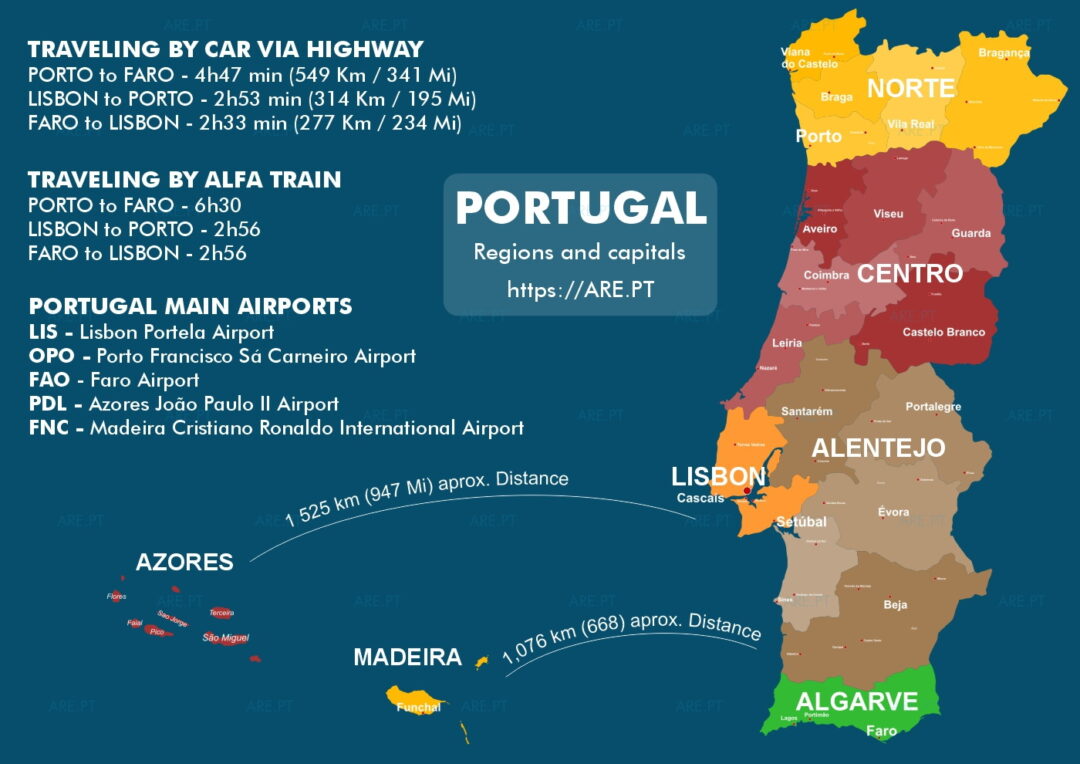
Map of Portugal with the regions, districts, distances between major cities and islands of Azores and Madeira
How to get to Portugal
Travel options to Portugal include air, sea, and land transportation. The most convenient and popular way to reach Portugal is by air, with direct flights available from many international destinations to major airports such as Lisbon, Porto, and Faro. For those who prefer driving, Portugal has a well-developed highway network that connects with Spain and other European countries. Train travel is also an option, with international trains connecting Portugal to Spain, France, and Germany for travelers from other European countries. In addition, Portugal has several seaports, including the ports of Lisbon, Leixões, and Sines, which offer regular ferry connections to neighboring countries and the surrounding islands.
Portugal by Car: Driving Distances Between Main Cities
Some Portugal routes provide a glimpse into the diverse and beautiful landscapes of Portugal, including coastal towns, historic sites, natural parks, and more. Whether you’re looking for a city escape or a scenic road trip, Portugal offers a wide range of destinations to explore.
From Lisbon:
- Lisbon to Elvas: 2 hr 31 min (211 km, 131 Mi) via A6
- Lisbon to Fátima: 1 hr 35 min (126 km, 78 Mi) via A1
- Lisbon to Serra da Estrela Nature Park, Seia-Covilha, Centro, Seia: 3 hr 40 min (300 km, 186 Mi) via A1 and A23
From Porto:
- Porto to Lisbon: 3 hr 6 min (313 km, 194 Mi) via A1
- Porto to Bragança: 2 hr 21 min (211 km, 131 Mi) via A4
- Porto to Faro: 5 hr 5 min (554 km, 344 Mi) via A1 and A2
From Faro:
- Faro to Lisbon: 2 hr 40 min (278 km, 173 Mi) via A2
- Faro to Seville, Spain: 2 hr 15 min (199 km, 124 Mi) via A22 and A-49
- Faro to Lagos: 1 hr 4 min (90 km, 56 Mi) via A22
- Faro to Sagres Fortress, 8650-360 Sagres: 1 hr 27 min (118 km, 73 Mi) via A22
- Faro to Sines: 2 hr 40 min (197 km, 122 Mi) via A22 and N120
Portugal Airports
Portugal has 3 major airports in the mainland, and 2 others in the archipelagos of Madeira and Azores.:
- Lisbon Airport (LIS) – Humberto Delgado Airport: Located in the capital city of Lisbon, it is the largest and busiest airport in Portugal, serving as a hub for TAP Air Portugal, the country’s flag carrier airline.
- Porto Airport (OPO) – Francisco Sá Carneiro Airport: Situated near Porto, the second-largest city in Portugal, this airport is another important gateway for both international and domestic flights.
- Faro Airport (FAO) – is particularly popular among European tourists due to its proximity to all European capitals. It is a sought-after destination all year round, with mild temperatures in the winter allowing for outdoor activities while much of Europe is frozen, and in the summer, it attracts crowds with its beautiful beaches and lively party scene.
- Madeira Airport (FNC) – Cristiano Ronaldo Madeira International Airport, located on the island of Madeira, this airport serves as a crucial connection point for the Madeira archipelago, including the main island and Porto Santo.
- Ponta Delgada Airport (PDL) – João Paulo II Airport, situated on São Miguel Island in the Azores, this airport is the primary gateway to the Azores archipelago, connecting the islands to mainland Portugal and other international destinations.
Portugal by Cruise ship
There are several ports in Portugal that receive cruise ships, including Lisbon, Porto, Funchal (Madeira), and Ponta Delgada (Azores). Lisbon is the busiest cruise port in Portugal, welcoming many large cruise ships throughout the year. The port of Porto, located on the Douro River, is also a popular stop for river cruises. The island of Madeira and the Azores are frequently included as stops on transatlantic and round-the-world cruises, with Funchal and Ponta Delgada serving as the main ports of call, respectively.
Ways to Explore and Travel Around Portugal

Map of Portugal showing the train lines, with different colors representing the various types of train services including fast trains, regional trains, and intercity trains
The best way to travel inside Portugal in shorter distances within major cities like Lisbon or Porto is by walking, cycling, or using public transportation such as buses, trams, and metro systems. For longer distances between cities, the most popular and convenient modes of transportation are:
- Train – Alfa trains (high-speed trains – https://www.cp.pt/) – connects cities such as Faro to Lisbon, to Porto, to Braga, Guimarães, Coimbra, Aveiro, Faro, and others.
- Bus – Buses connecting almost all cities in Portugal and Spain main cities, like Faro to Seville, can be found at https://rede-expressos.pt/ and https://www.flixbus.pt/.
- Car renting – Renting a car can give you the freedom to explore remote areas and enjoy scenic drives along the coast or through the countryside.
- Private guide like Xrei (https://www.xrei.com/) can show you all the best-kept secrets in Portugal.
- Flights within Portugal – Flights offered by regional airlines like Sevenair (https://www.sevenair.com/) provide daily and charter flights to various destinations in Portugal, including Bragança, Vila Real, Viseu, Cascais, and Portimão. Major airlines such as TAP Portugal, EasyJet, and Ryanair offer daily flights to and from the main airports in Portugal, including Lisbon, Porto, Faro, and to the islands of Madeira and the Azores. These airlines provide a wide range of destinations across Europe and beyond, making it easy to travel to and from Portugal. Madeira’s Funchal Airport and Azores’ Ponta Delgada Airport have direct flights from major European cities such as London, Paris, Frankfurt, Madrid and others.
- Cruises – Several ports in Portugal receive cruise ships, including Lisbon, Porto, Funchal (Madeira), and Ponta Delgada (Azores). Lisbon is the busiest cruise port in Portugal, welcoming many large cruise ships throughout the year. The port of Porto, located on the Douro River, is also a popular stop for river cruises. The island of Madeira and the Azores are frequently included as stops on transatlantic and round-the-world cruises, with Funchal and Ponta Delgada serving as the main ports of call, respectively.
- Traditional taxis, local transfers such as shuttle buses and private transfers, and ride-hailing services such as Uber are widely available in major cities. Luxury transfers are available for those seeking a higher level of comfort and service.


